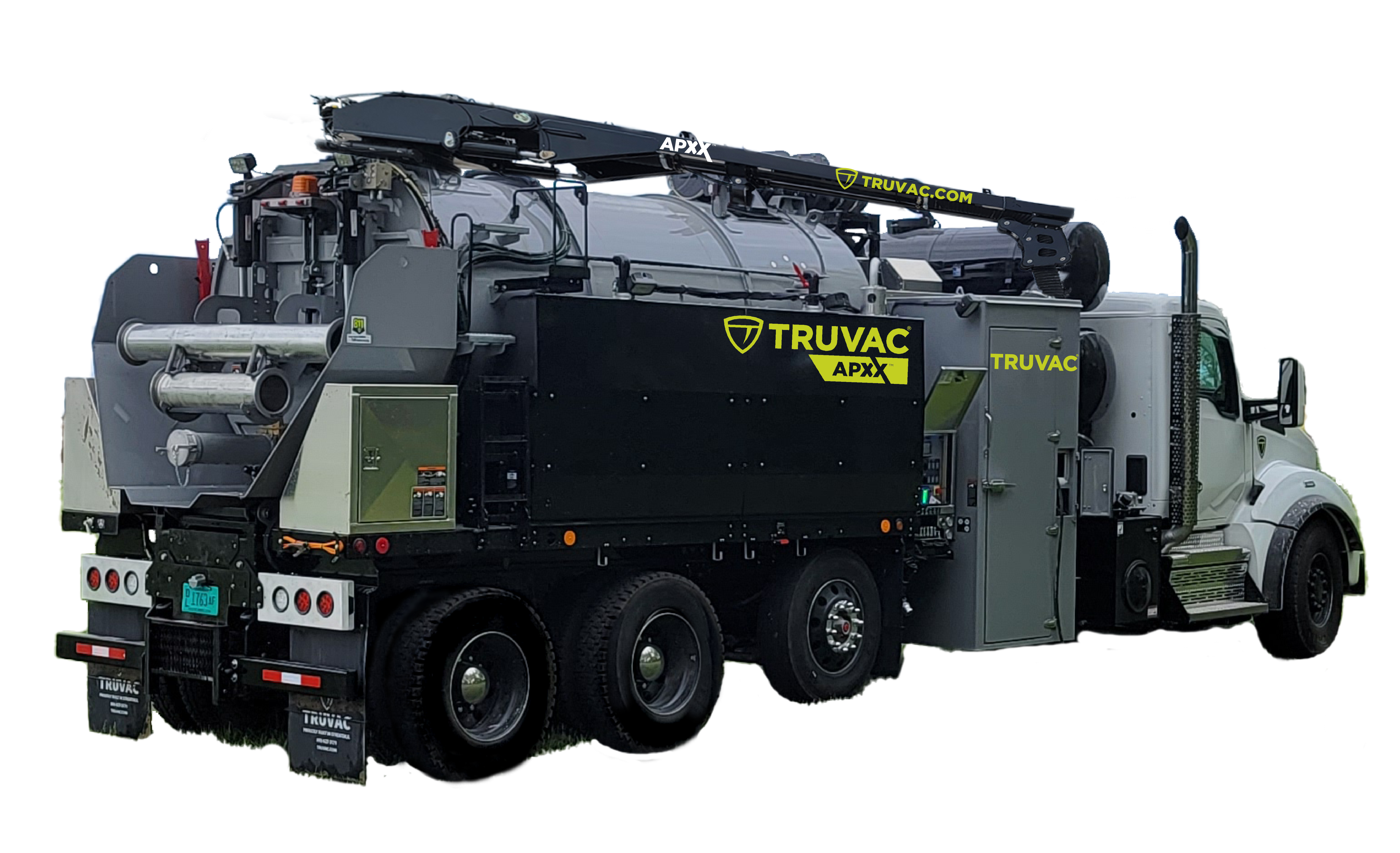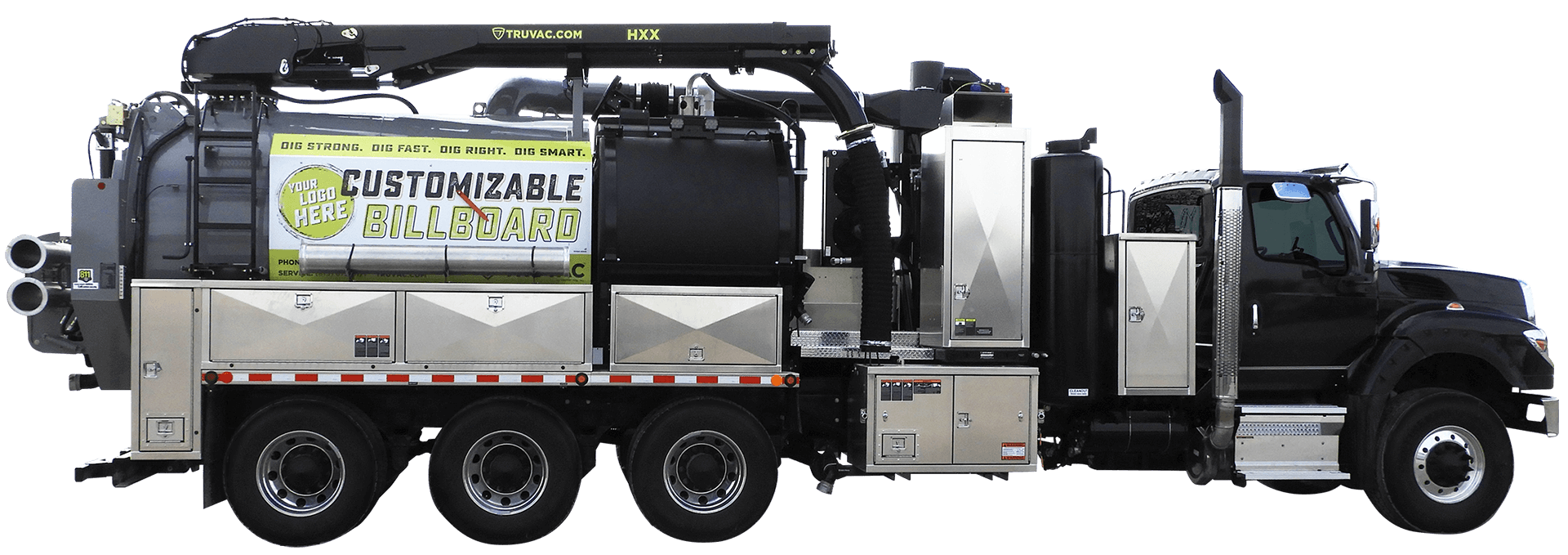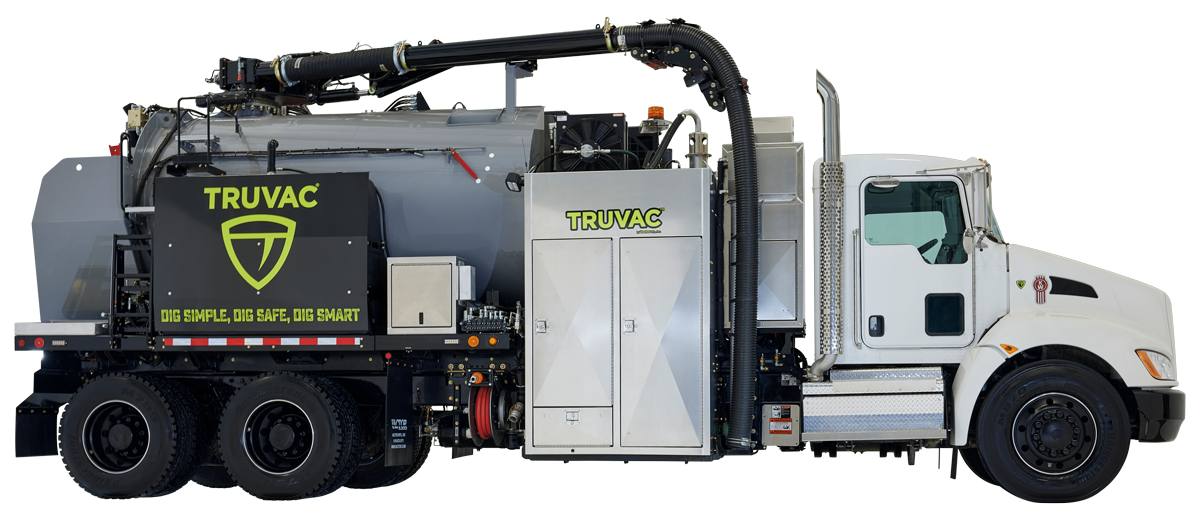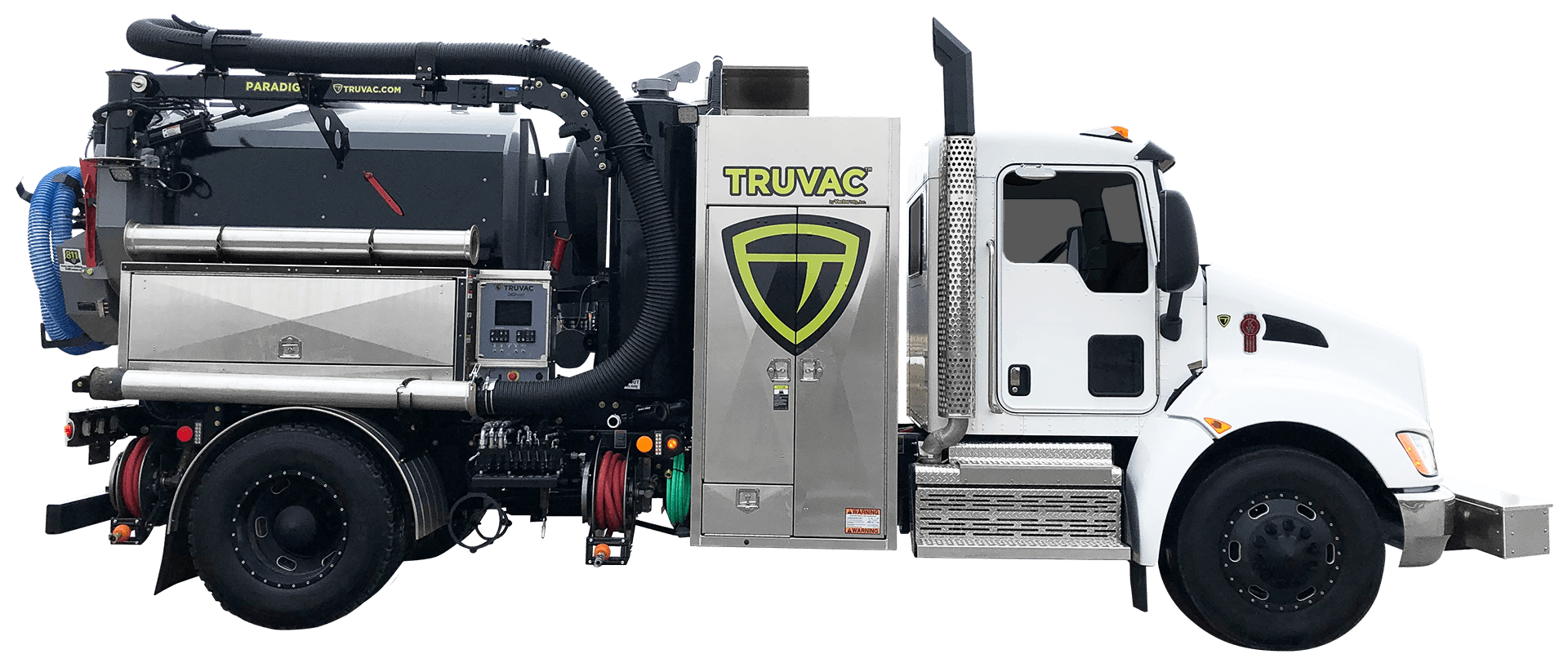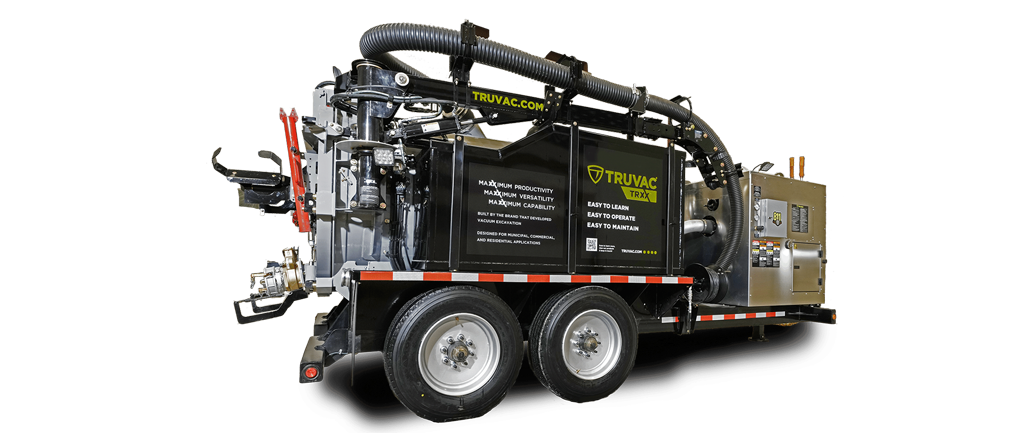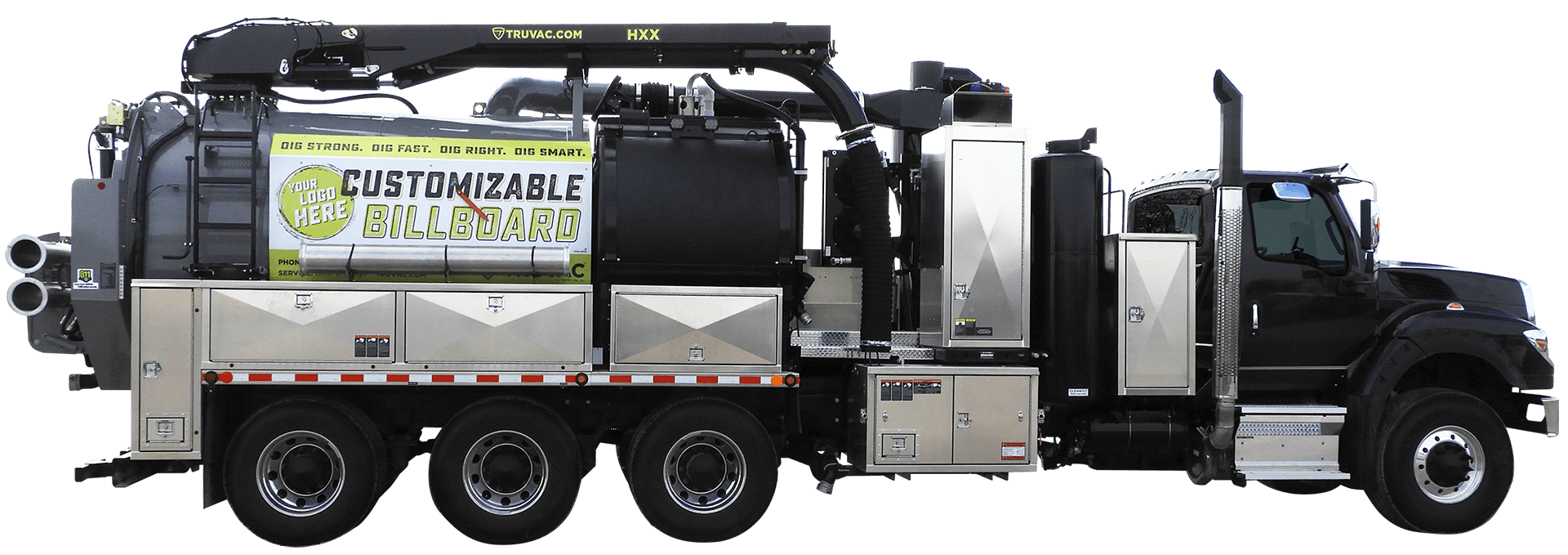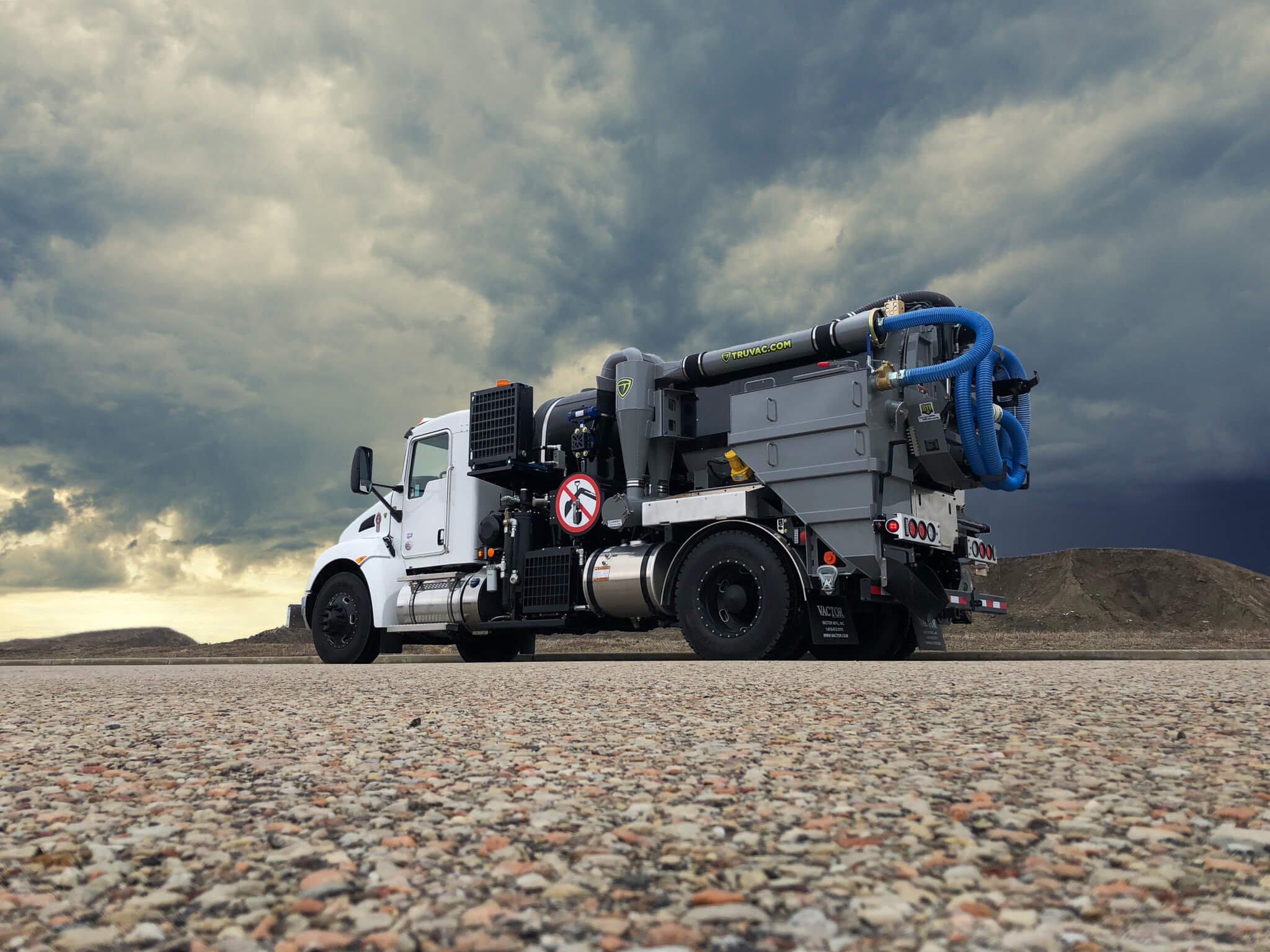Hydroexcavation vs Air Excavation: Which is Right for Your Business?
by TRUVAC Team, on Jan 3, 2024 9:30:00 AM
Discover the key differences between hydroexcavation, air excavation, and hydrovacs and determine which method is the best fit for your business.
Understanding the Basics and Terms of Vacuum Excavation - Hydroexcavation, Air Excavation, and Hydrovacs
In the world of vacuum excavation, hydroexcavation, air excavation, and hydrovacs are all terms used to describe excavation and digging purposes. They involve the use of pressurized water or air to break up soil and debris, which is then removed through a vacuum system.
Hydroexcavation, also known as hydro vacing, uses pressurized water to loosen the soil and debris. This method is especially useful when there is a risk of damaging underground utilities or sensitive infrastructure. The water is injected into the ground using a handheld wand or nozzle, and the resulting slurry is then vacuumed up into a storage tank for later disposal.
On the other hand, air excavation uses compressed air to break up the soil and debris. This method is often used in areas where water is not readily available or where the use of water may be prohibited. The compressed air is directed into the ground using a handheld wand or nozzle, and the resulting soil and debris are then sucked up into a storage tank through a vacuum system.
Hydrovacs, also known as hydroexcavation trucks, are specialized vehicles that are equipped with both a water tank and a vacuum system. They can perform either method or both hydroexcavation and air excavation, providing versatility and flexibility for various excavation projects.
Benefits of Hydroexcavation
There are several benefits to using hydroexcavation for your excavating needs. First and foremost, it is a non-destructive method that reduces the risk of damaging underground utilities or infrastructure. By using pressurized water to break up the soil, there is less chance of accidentally hitting and damaging underground pipes, cables, or other important structures.
Additionally, hydroexcavation is a precise and controlled method that allows for more accurate digging. The operator can easily control the water pressure and flow, ensuring that only the necessary amount of soil is removed. This makes it ideal for projects that require precision, such as potholing or daylighting.
Benefits of Air Excavation
Sometimes, water isn't an option or may not be allowed on the job site. Air excavation offers its own set of benefits for excavation projects. One of the main advantages is its versatility and ability to work in various soil conditions. It can effectively break up and remove soil, rocks, and debris, regardless of the soil type or composition. Air excavation also allows the soil to be replaced once the job has finished.
Another benefit of air excavation is its speed and efficiency. The powerful vacuum system can quickly remove large amounts of soil and debris, allowing for faster excavation and digging. This can help save time and increase productivity on construction sites.
Factors to Consider When Choosing the Right Method for Your Business
When deciding which method is right for your business, there are several factors to consider. First, assess the specific requirements of your excavation projects. Determine if you often work in areas with underground utilities or sensitive infrastructure, as hydroexcavation may be the preferred method in such cases. On the other hand, if water is not readily available or if you need a versatile method that can work in various soil conditions, air excavation may be more suitable.
Next, consider the availability of equipment and resources. Hydroexcavation requires access to pressurized water, while air excavation relies on compressed air. Determine if these resources are readily available in your area or if you would need to invest in additional equipment or tools.
Additionally, evaluate the expertise and training of your workforce. Both hydroexcavation and air excavation require skilled operators who can safely and effectively carry out the excavation projects. Ensure that your team is trained and qualified to operate the chosen method. And ALWAYS practice safe digging!
Vacuum excavation is a safer method compared to traditional digging techniques. By using compressed air or water instead of mechanical digging tools, there is a reduced risk of damaging underground utilities or causing injuries to workers. It is a non-destructive method that minimizes the chance of accidents or incidents.

